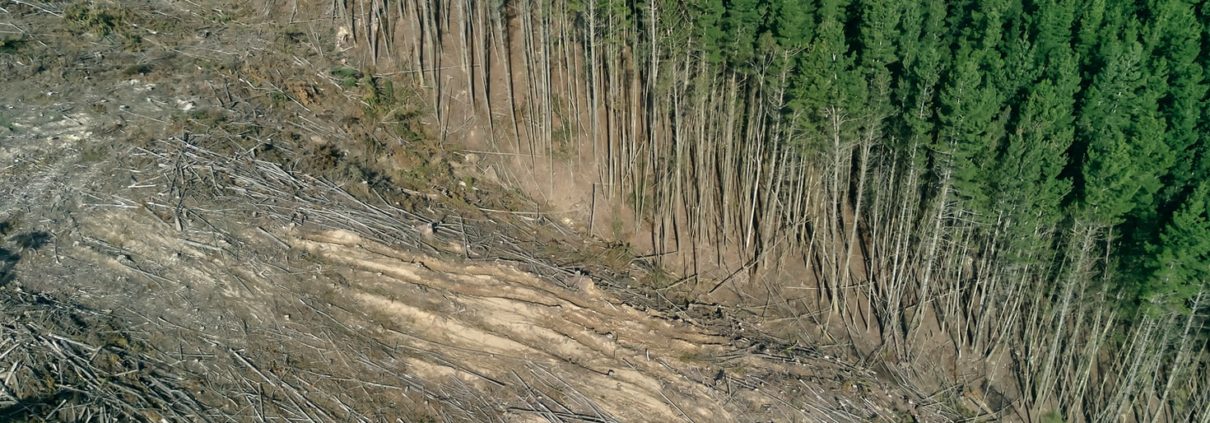Deforestation – why is it so harmful?
What is deforestation?
Deforestation is the process of removing parts of a forest or a large expanse of trees. The forest clearance is then converted to non-forest use land. Either by making it an urbanised area for buildings, or in some cases, making it grazing land for animals such as cows. Both are bad for their own reasons, some of which are covered later in this blog. According to studies, around 31% of the earth’s land surface is covered by forests. It’s imperative that we keep this number the same, if not grow it.
Current news about deforestation
The summit of COP26 is now over. Here are some of the key outcomes of the conference with regards to deforestation.
The COP26 agreement has been signed by 141 world leaders to stop deforestation by 2030. The pledge led to around £14 billion of private and public funds being promised to help fund the scheme. However, the same pledge was committed to in 2014 and this failed. This is leading many experts to believe that this will end the same way. A portion of the funding will go to developing countries in order to “restore damaged land, tackle wildfires and support indigenous communities” according to a report by the BBC. 28 countries have also pledged to “remove deforestation from the global trade of…agricultural products such as palm oil, soya and cocoa.”
According to ukcop.org, the United Nations state that they are committed to working together to stop and reverse deforestation by 2030. If successful, the restoration of our forests will heavily contribute to the main goal of the conference. That being, to keep the average global temperature increase to well below 2°C- ideally to 1.5°C.
What are the disadvantages?
There are several disadvantages to deforestation. These include larger issues such as carbon dioxide release. This is when the trees that are cut down release all the carbon dioxide they originally stored. It also decreases the amount of oxygen in the atmosphere because there aren’t as many trees available to produce it. Releasing the greenhouse gas such as CO2 can have a damaging impact on the world, as it contributes to global warming. The next disadvantage comes from cutting down the trees to use it for grazing land for animals, like cows. The amount of methane that cows produce is a significant addition to the greenhouse effect. Decreasing the amount of oxygen in the atmosphere and replacing it with methane is a huge negative impact. Other major disadvantages include soil erosion, the destruction of habitats for all wildlife as well as a loss of biological diversity.
What can we do to stop deforestation?
There are several things that we can do as a society and in the workplace to help combat climate change. The first, more obvious way, is to plant more trees. This may seem impossible however there are companies that you can go to to help you do this. Just make sure you do your research first. You can also go paperless. Here at WestWon we have been a paperless office for over a decade, due to our highly advanced CRM system. Other ways to stop deforestation include recycling all products where possible and buying from companies who commit to reduce deforestation. As well as not buying certain harmful products such as palm oil and raising awareness in your community. Also installing LED lights (like we have) can make a significant impact.
WestWon’s new initiative
Here at WestWon we are planning on launching our new initiative on the 15th of December 2021. We will be releasing more information closer to the time. However, we are excited to start our journey and become a positive climate workforce. In the mean time, you can contact us if you would like any further information.
Contact Us
If you would like more information on deforestation or what we are doing to stop this, then please call 01494 611 456 or email [email protected].





